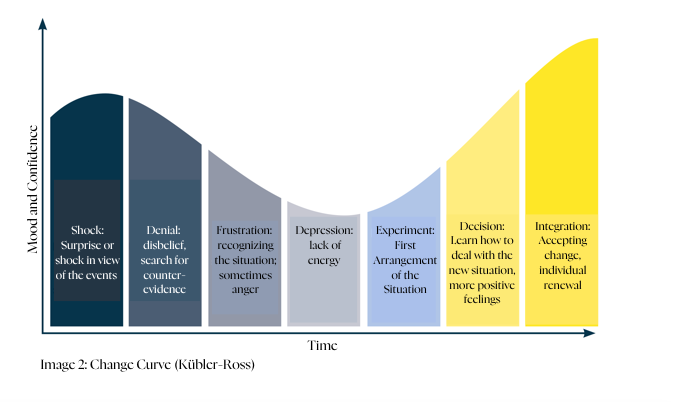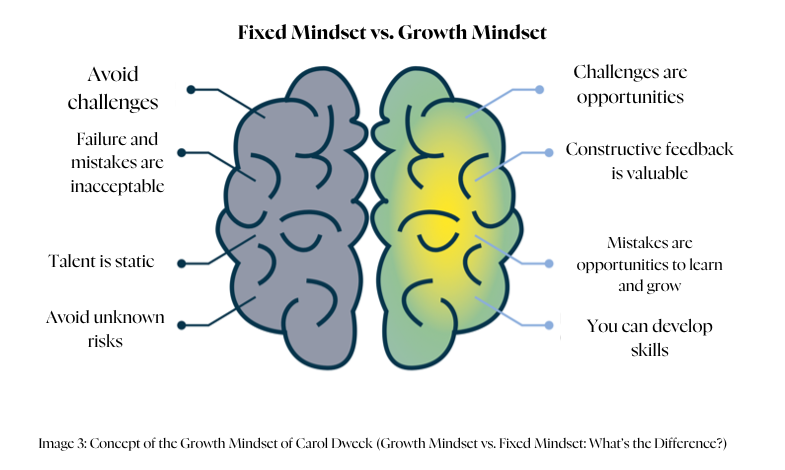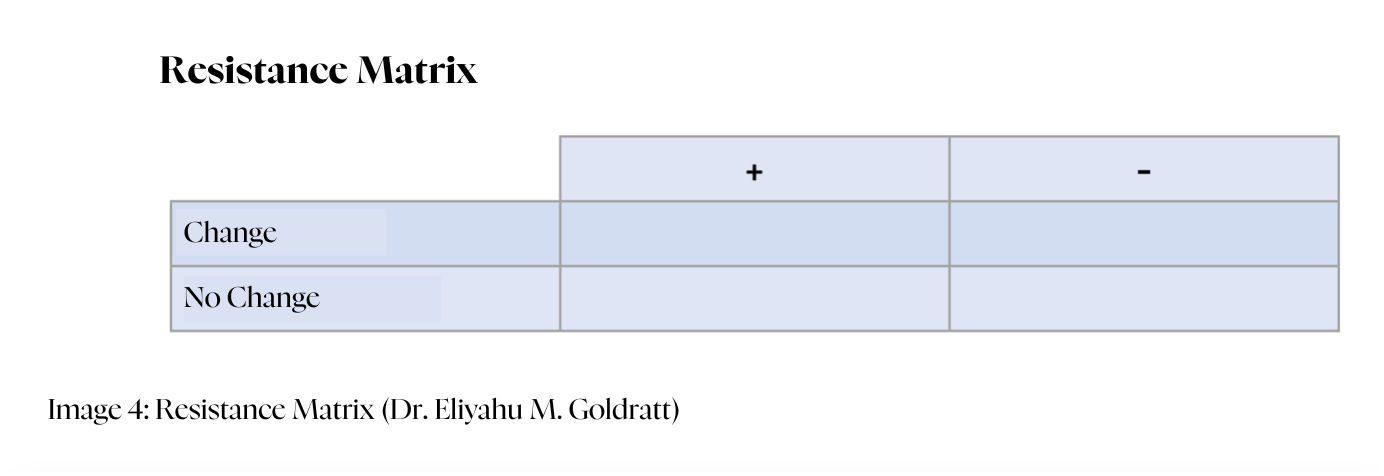4 Tips on How to Shape Change Processes as a Leader
Do you prefer to listen to this article?
Click below to access our AI-generated audio version:
4 Tips on How to Shape Change Processes as a Leader
Imagine a dynamic network of paths that is constantly changing. While technological advances create new connections, existing paths are blocked by geopolitical tensions, economic crises, or social upheaval. In our globally interconnected world, events overlap rapidly – an enormous challenge that repeatedly tests companies and leaders.
As a leader, you bear responsibility in this complex environment and actively shape change. But how can you successfully support change processes? In this blog post, you will learn how to consider both the emotional and rational aspects of change, how to integrate resistance constructively, and how to promote a future-oriented mindset. With practical tips, you will develop strategies to fulfill your leadership responsibilities with clarity and effectiveness in times of high complexity and change.
1. Recognizing Different Reactions to Change
People react differently to change. While “change seekers” (people with an affinity for change) quickly recognize and want to take advantage of new opportunities, “change preservers” (people with a focus on preservation) feel more secure in the familiar status quo. These preferences are often based on individual values, experiences, and personality traits. The challenge for you as a leader is to involve both groups in change processes.

Tips:
- Observe the behavior and reactions of your employees to recognize their change preferences.
- Create orientation and proceed step by step to provide (process) security.
- Use the energy of the “change seekers” to drive innovation while also acknowledging the contributions of the “change preservers” by involving them through transparent communication.
2. Consider Emotions in the Change Process
Resistance is part of every change process. As Elisabeth Kübler-Ross’s change curve (Figure 2) shows, many people go through emotional phases such as shock, frustration, and uncertainty before they reach acceptance and integration.
Tips:
- Create an open atmosphere in which people can express their emotions and concerns.
- Explain the change process clearly and repeatedly to enable a thorough understanding.
- Show empathy and recognize the stress that comes with change.
3. Establish a Growth Mindset
A growth mindset helps you see challenges as opportunities, learn from mistakes, and continuously develop. This attitude is essential to remain capable of action in dynamic and complex situations.
Tips:
- Promote a willingness to embrace change by creating a learning-oriented environment – for example, through regular reflection sessions in which developmental steps and insights are discussed.
- Establish an open feedback culture that supports the exchange of perspectives and ideas.
- Create targeted learning opportunities, e.g. through peer learning or mentoring programs.
- Celebrate progress – even small successes – and focus on positive development.
- Set an example by being open to feedback and showing your willingness to learn.
4. Broaden Your Perspective: Critically Question the Status Quo
Discussions about change often focus either on the advantages of the new or the disadvantages of the change. However, the question of what disadvantages the status quo entails or whether it is even a viable option is rarely asked. This perspective can provide valuable insights for the change process.


Tips:
- Make the drivers of change transparent to create understanding and acceptance.
- Explain the risks and disadvantages of sticking to the status quo – or make it clear if this is not a realistic option.
- Use analytical tools such as the resistance matrix (Figure 4) to systematically illuminate all perspectives.

Conclusion
Change is a constant in today’s world – and as a leader, you have the task of actively shaping that change. By recognizing your team’s change preferences, taking emotions seriously, promoting a growth mindset, and incorporating different perspectives, you can successfully manage change processes. With the right strategies and clear communication, you can motivate your team to embrace change as an opportunity and help shape it.
This blog article is the first in a series on change management. Click here to go to the second part!

Anita Berger
MDI partner and trainer


